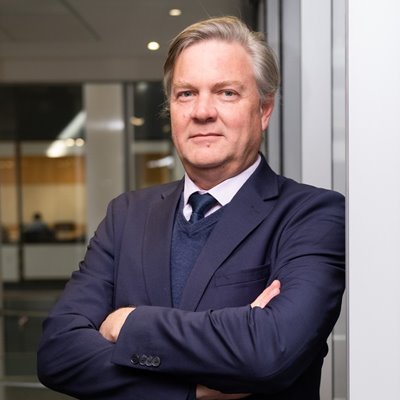Absa recently released its annual financial results and from this, there are two important numbers to highlight. The first being that Absa is working on power projects representing over 2000MWs and the second being that the bank has R45bn in new power projects in the pipeline. This is on top of the ca. 4GW’s of projects closed to date.
In the context of our economy, these are considerably significant.
As a South African, it is easy to become disheartened by the ongoing economic challenges brought about by load-shedding. Whether it is, factories standing idle when the power goes off, or coming home to no electricity, the challenges affect all citizens and businesses.
Therefore, when we look at the sheer scale of projects in the pipeline, we believe that the next few years will be transformative for our country, our people and the economy.
While Eskom is a major cog in the South African electricity infrastructure, it is important to realise that the broader ecosystem is changing quite rapidly, and we should be aware of this shift.
The lifting of the cap on generation projects has opened the door for several new developments. We are now entering an era where an independent energy exchange has been licensed and established to re-sell excess power, and buyers and sellers will be able to negotiate market-related rates. While there are still questions around distribution and transmission, this massive leap forward could potentially serve as a blueprint for the energy transition across the African continent.
Captive power projects are growing rapidly across the country and as one of the successful major funders of these projects, we have learnt important lessons over the last 12 to 18 months that make us a funder-of-choice for many of these transactions.
Unlike the Government-backed renewable energy projects in South Africa where we have sovereign guarantees backstopping Eskom’s commitments under the PPAs (power purchase agreements), for the captive market, banks and investors have to take a very long-term view on the off-taker, where the credit quality may not match that of the Sovereign. In the normal corporate lending world, corporates typically raise debt financing for much shorter tenors compared to what is required under a captive Independent Power Producer (IPP) project with a 20-year PPA.
Banks and investors are now starting to take a view on the broader energy market, looking beyond the initial power off-taker to a market where it will be possible to find alternative off-takers for projects supplying power into the national grid, and eventually to power traders where a spot market is expected to develop over time.
In this context it becomes important to understand where a specific project sits on the energy cost curve, to provide some comfort that it will be able to produce power at a competitive rate should it need to sell power into a liberated market over time.
For most of our clients the investment in renewable energy serves three main purposes.
Firstly, it provides a level of energy security, particularly for captive, behind the meter systems where the combination of a solar installation with battery storage can supply a minimum level of baseload power. Secondly, based on the tariffs which we are witnessing in the market, entering into long term PPAs with grid connected IPPs, can result in a significant saving on their electricity bill, compared to what they pay the utility.
These projects, therefore, assist clients to lower their operating cost base and improve their position on the global cost curve. Lastly, the introduction of renewable energy into a client’s energy mix assists in their targets to reduce reliance on fossil fuels, thereby reducing their carbon footprint, where most corporates now have clear ESG goals to achieve net zero emissions by a certain date.
We are in an exciting phase for the energy market across the continent. There are short-term pains and frustrations when it comes to grid capacity, but we must not lose sight of the innovations that are taking place, and how we can utilise these to be a blueprint for the rest of Africa.



